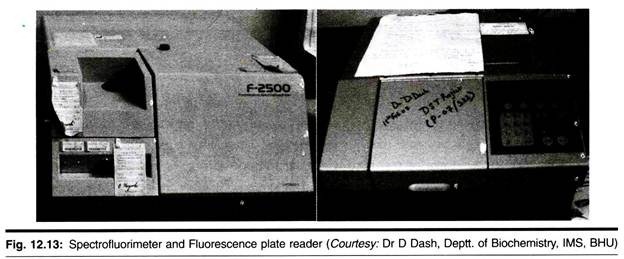ADVERTISEMENTS:
Experiment for the Study of Homology and Analogy!
Experiment:
Objective:
To study homology and analogy with the help of preserved specimens, of organs of animals
Apparatus and Materials Required:
Preserved specimens of different organs of animals, compound microscope
Theory:
ADVERTISEMENTS:
In animals, organs that are functionally dissimilar but anatomically, or structurally, similar are called homologous organs. Different modes of life have created the differences, i.e, modified the organs to enable them to survive. Analogous organs are those which are functionally similar but structurally dissimilar.
Observation:
Homologous organs:
If you externally examine the wings of the flying mammal bat and the forelimb of a man, you will not find any similarity.
But examining the bones one by one, you will find that each of them has arm bone (humerus), hand bones (radius-ulna), wrist bones (carpals), palm bones (metacarpals), and fingers (phalanges). Of course, in terms of proportions of growth of each constituent bone, there are differences.
For example, the fingers of bat are much longer. What this comparative study suggests is that basically the forelimbs of these two creatures are made up of the same parts, that is, they are anatomically similar.
ADVERTISEMENTS:
These organs need not perform the same function, as you see that bat uses it for flying and man uses it for handling tools. Hence, the forelimb of man and the wing of bat are homologous organs. Similarly, forearms of cat and man are homologous.
Analogous organs:
Observe the internal structure of the wings of butterfly, or see its preserved specimen, observe the shape and size. You will find that it is membranous and is made up of thin cuticle.
There are veins in the wing but there is no skeleton. Now, take the preserved specimen of a bat and a bird, and examine their wings. You will find skeletal support. What does this type of comparative study indicate?
It shows that the basic structures of wings of butterfly, bird and bat are different. In other words, they are anatomically different, although externally they look alike. Wings in these animals are used for flying. Such organs that differ anatomically and in embryonic mode of origin but perform similar function are said to be analogous organs.


